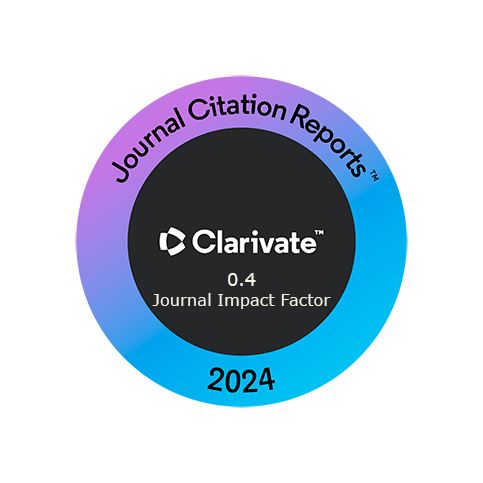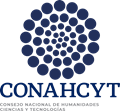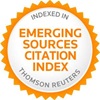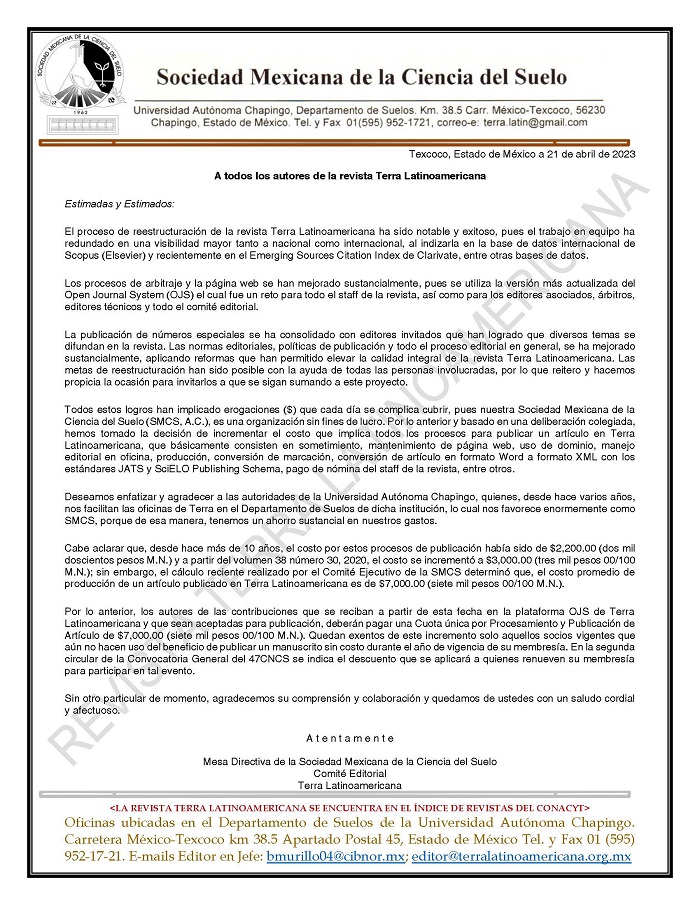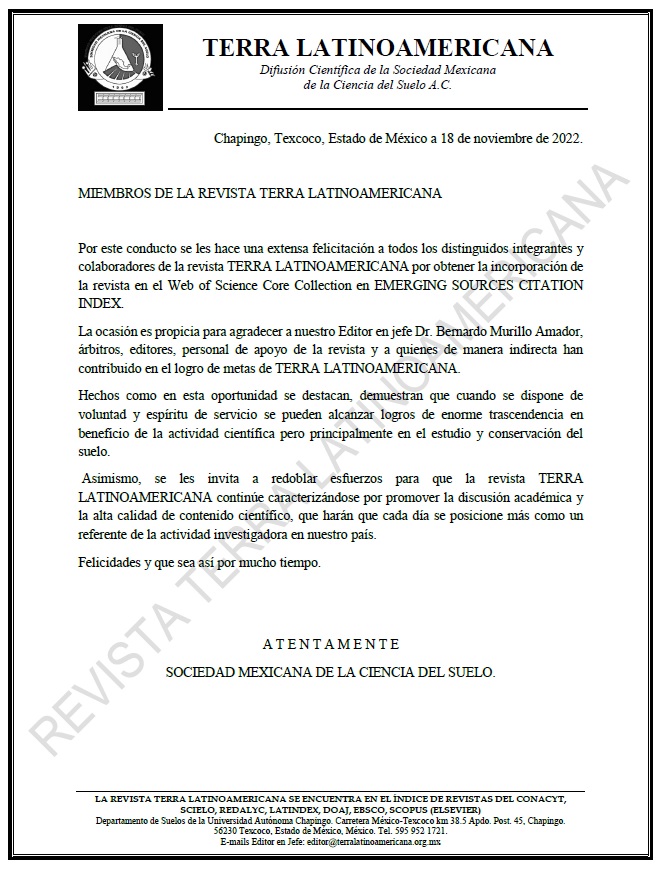Application of compost tea, co-inoculation and inorganic fertilization on Swiss chard plants
DOI:
https://doi.org/10.28940/terra.v41i0.1448Keywords:
azospirillum, biofertilizers, glomus, steiner solutionAbstract
Swiss chard is a horticultural crop with a highly nutritious value. These crops’ production required nutrients, which can be provided through mineral nutrient solutions or biofertilizers. Biofertilizers are products that contain beneficial microorganisms that improve soil quality and that promote plant growth. Additionally, these microorganisms carry out nitrogen fixation and phosphate solubilization. The present work assessed the application of compost tea, co-inoculation (Azospirillum and Glomus), and inorganic fertilizer over the growth (roots, stem, and leaves) and nutrient content in Swiss chard (Beta vulgaris var. Forhook Giant) plants. The present work was carried out in a greenhouse using a randomized complete block design. Swiss chard plants treated with compost tea + inorganic fertilization (CTIF) accumulated more root and stem dry weight (4.06 and 8.10 g respectively), and, on the other hand, the leaf dry weight increased under three treatments: inorganic fertilization (IF), compost tea + co-inoculation (CTCi) and CTIF (12.5, 9.22 and 10.5 g respectively). Leaf area was greater in the IF and CTIF treatments. In Control (C) P and Mg content were higher; CTCi treatment increased the N, K, and Mn content; the co-inoculation (Ci) treatment increased Cu content as well as CTIF treatment increased the Ca, Fe, Zn, and B contents and in a lesser extent also the P, Mg, Cu, and Mn contents. The biomass partitioning coef ficient indicates that in six samples (from a total of seven samples), most of the photosynthates (PS) were used by the plants to form new leaves or to increase the size of the leaves. If an alternative method of fertilization is desired, it is recommended that a combination of biofertilizer and inorganic fertilization should be used, such as, the combination of compost tea and mineral solution that increased the production and the concentration of nutrients in the Swiss chard crop.
Downloads
Publication Facts
Reviewer profiles N/A
Author statements
- Academic society
- Terra Latinoamericana
- Publisher
- Mexican Society of Soil Science, C.A.



